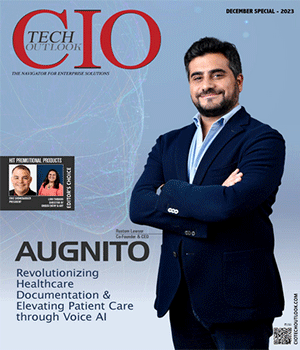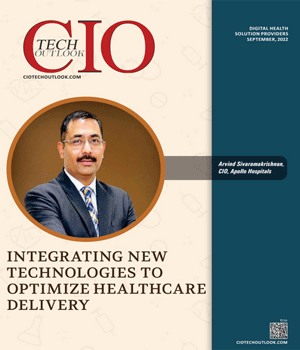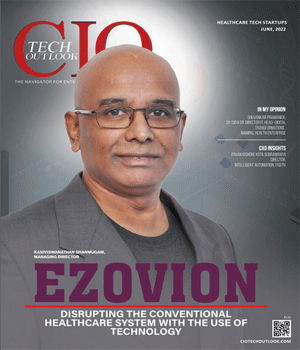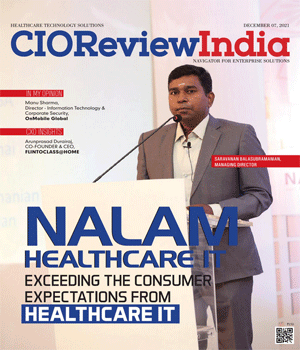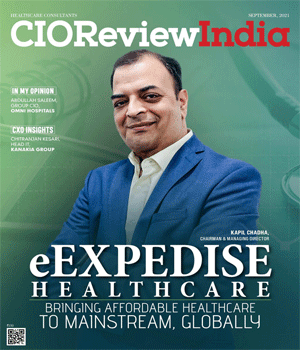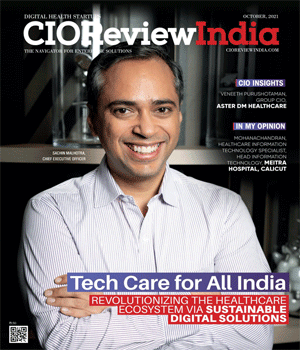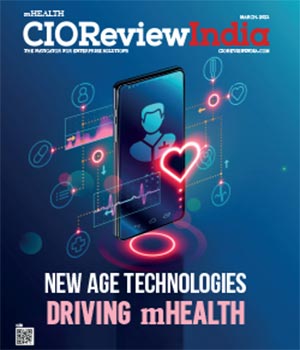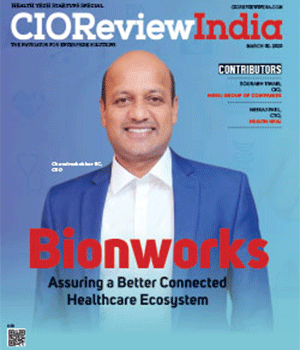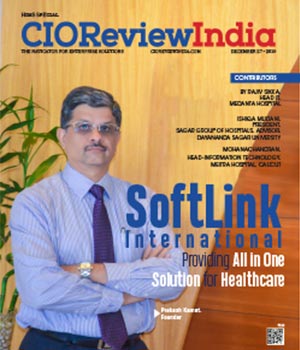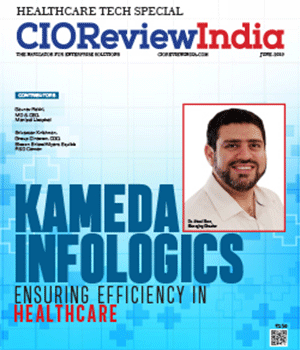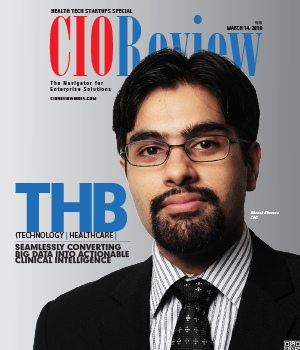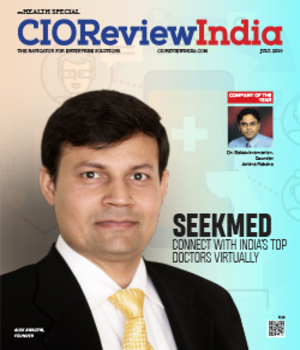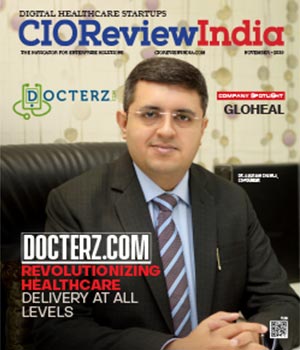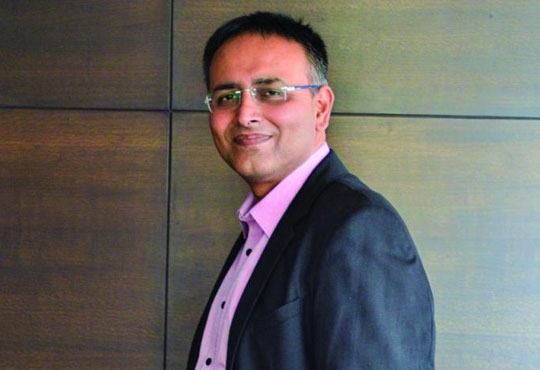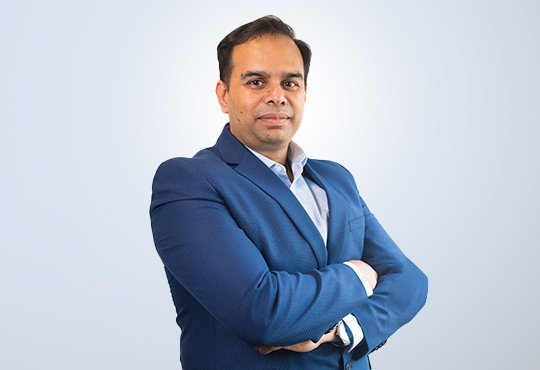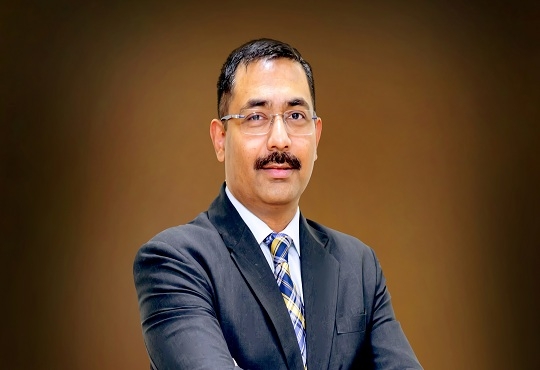
We Need Big Data to Meet Big Goals in Healthcare
CIOReview Team | Thursday, 28 May 2015, 11:56 IST
 When you are waiting for results from a medical test like a cancer biopsy, that call from your doctor can’t come fast enough. As a doctor, I am sometimes so buried in an avalanche of medical records that it can delay decisions about what to do next.
When you are waiting for results from a medical test like a cancer biopsy, that call from your doctor can’t come fast enough. As a doctor, I am sometimes so buried in an avalanche of medical records that it can delay decisions about what to do next.
It’s exactly this situation—the sheer amount of information that we doctors deal with and our struggle to identify and act on the right information—that’s causing more healthcare organizations to turn to Big Data and analytics.
“Data is only as good as the people and the computers that can make sense of it”
The problem isn’t that doctors and hos- pitals don’t have enough information. It’s that we have too much. We’re drowning in data, and medical information is doubling every five years. More than 80 percent of a hospital's data today is recorded in doctors’ notes, registration and discharge forms, phone calls, x-rays, and MRIs—so-called "unstructured" data that can be difficult to sift through.
Big Data technology helps turn this raw information into healthcare insights, so doctors and patients can make better decisions.
At UNC Health Care, these technologies are helping doctors speed up test results for patients, reduce readmission rates, and engage directly with patients as part of their care plan. By combining medical data with analytics and natural language processing software— which makes sense of “unstructured” data the way humans do—UNC Health Care can sift through and analyze data scattered across medical charts, doctors’ notes, research studies and more.
For cancer patients, UNC Health Care will use the technology to follow up more quickly on abnormal results from screenings like mammograms or colonoscopies. The technology automatically pulls out test results, stores them digitally so they can be easily accessed, and alerts physicians to abnormal findings.
The system will also work to curb preventable and costly readmissions, which impact 20 percentof patients in the U.S. and account for 6 percentof the $102.6 billion Medicare budget each year. Using advanced analytics that help them more easily identify and care for high-risk patients, UNC Health Care can provide better care to keep patients well.
Too few healthcare organizations benefit from these types of advanced, predictive analytics that help improve patient care. About two-thirds of medical organizations have analytics strategies in place and only 20 percent are driving analytics adoption across their operations. In a recent survey of 555 healthcare organizations, IBM’s Institute for Business Value found that only 34 percent of respondents thought analytics could help provide actionable insights to improve decisions in healthcare.
One major obstacle for healthcare organizations today is how to manage all their data when it comes in many different formats and can be difficult to find in various parts of an organization. Data is only as good as the people and the computers that can make sense of it. As we work together to drive quality care across the healthcare ecosystem, we can reduce errors, roll out evidence-based preventive care, and hold down growth in healthcare costs.
These are the goals for the future of medicine. UNC Health Care shows us what’s possible.
CIO Viewpoint
Integrating New Technologies to Optimize...
By Abhrasnata Das
Quantum Shift in Healthcare Driven by...
By Abhrasnata Das
Product Adoption: Realizing The Real Value
By Ashish Pandey, CIO, GSK Consumer Healthcare India
CXO Insights
HIT Promotional Products: Fostering Empowerment...
By Eric Shonebarger, President & Lori Thibado, Director of Order Entry & Art
Addressing the Data Management Challenges in...
By Richa Singh
Elevating Patient Experience with Remote...


